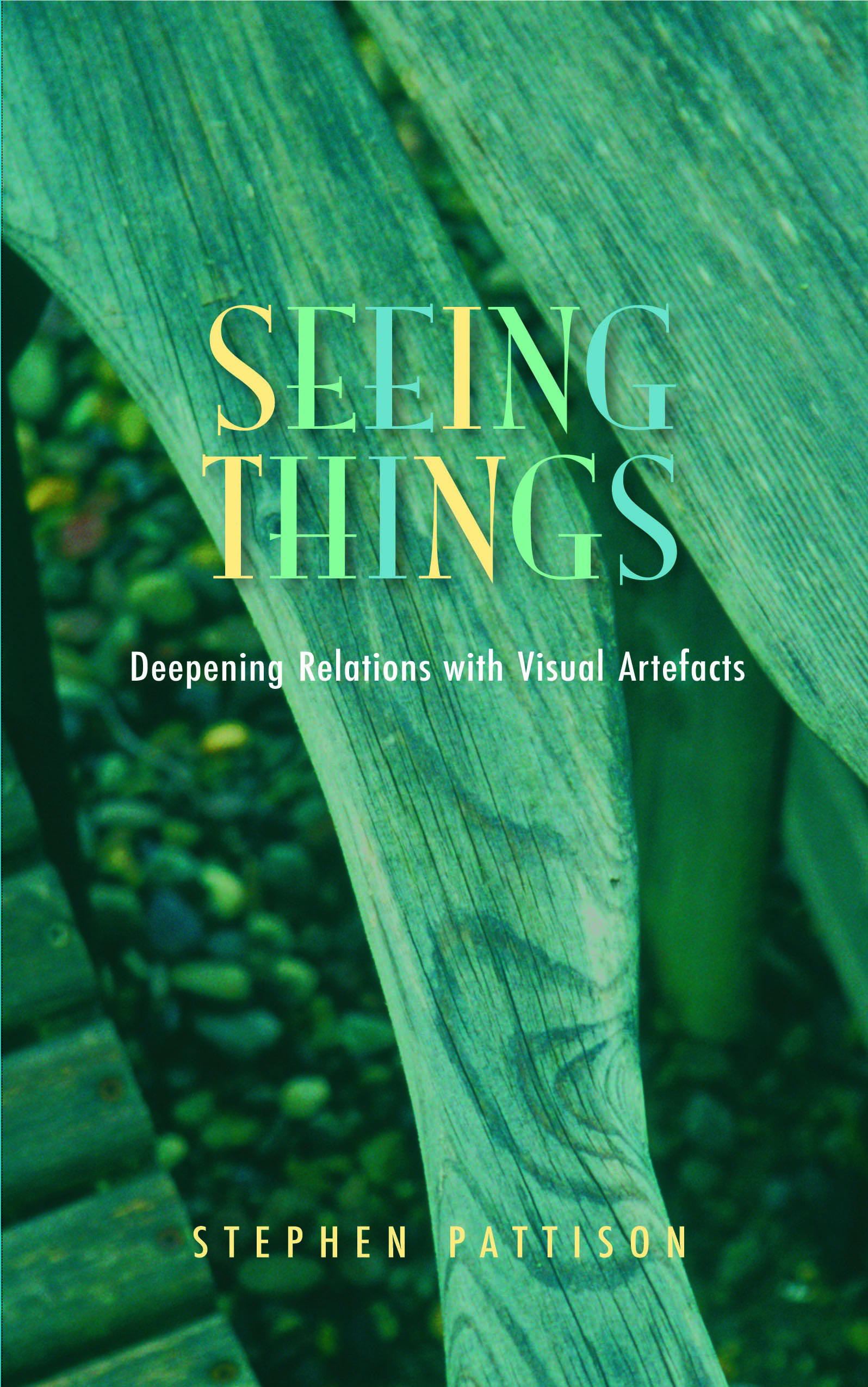
Book Specs
Binding
Trade Paper
Publisher
Hymns Ancient & Modern Ltd
Published on
Nov 27, 2007
Edition
st Edition
Dimensions
6.14x0.66x9.21 Inches
Weight
0.97 Pounds
About the Book
Gifford Lectures series, 2007. Seeing Things is a highly original book that will have appeal across humanity departments including visual studies, theology, art history, sociology, anthropology and ethics. The book considers in detail, the experience of perceiving visual objects, from high art to everyday artefacts. It looks in particular at the problems encountered with the ways we in Western culture look upon the world and things, and encourages and argues for ways to look and visualise the world more critically, broadly and widely. Sight is one of the main ways we perceive and relate to the world, and yet it is mostly assumed rather than actively reflected on. Objects designated as art and the realm of aesthetics attract some active attention and reflection, but most of the visible world is ignored in the context of what Pattison describes as our 'ordinary blindness'. The book argues that the range of things we choose to see and value is arbitrary and limited and the ways in which we relate to things and objects are mostly crude and un-nuanced. Pattison argues that it is desirable to consider more person-like relationships with all manner of visibly perceived objects, from classical sculptures to tennis rackets. If we begin to apply this person-like relationship with things, we transgress the Western secular and religious practice and belief that maintains that the realm of the manufactured is 'dead' and so can be treated by humans exactly as they wish without consideration. Pattison argues that this person-like relationship does not mean re-animating or re-sacramentalising the world, rather he argues for observation and exploration of the actual phenomenology of the object.
